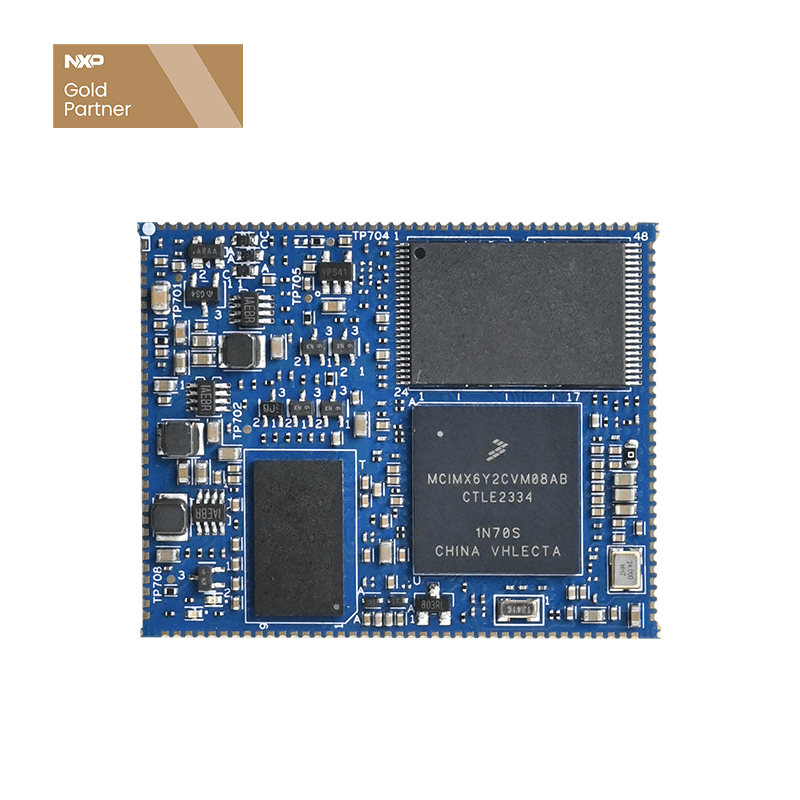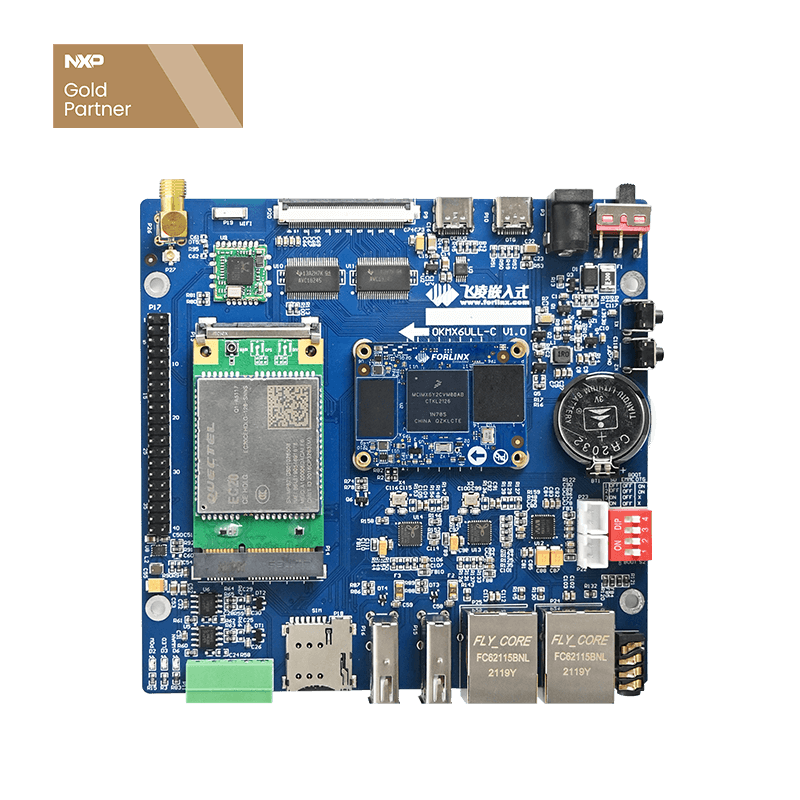
Application of FETMX6ULL-C Embedded Board in Energy Consumption Monitoring Gateway Products
1. Product Background
The energy consumption monitoring and management system relies on information technologies such as computer networks, wireless communication, and metering collection. This system targets energy mediums such as electricity and water, establishing an energy consumption monitoring center for enterprises, industrial parks, and other energy-consuming units. It enables real-time collection, measurement, and analytical calculation of electricity and water usage, reflecting dynamic data changes and storing historical data for querying, thus achieving digital, networked, and visualized energy and energy-saving management. It helps factory managers understand energy costs, manages control in real time, improves management efficiency, reduces operating costs, and achieves scientific energy use and energy conservation.
Energy consumption monitoring systems have wide applications, including hospitals, residential communities, schools, industrial factories, office buildings, and commercial complexes.
2. Product Features
The energy consumption monitoring system consists of three components: the metering layer, information management layer, and application management layer. The metering terminals include electricity, water, and gas meters, while the gateway collects data from these meters. The system provides statistical analysis, presenting intuitive data visualization to management staff, allowing them to understand real energy consumption data, automatically analyze high energy consumption points, and provide energy-saving solutions for refined management.
Functions of the Energy Consumption Monitoring System
- Real-time Monitoring: Continuously monitors the usage of all users within the system, providing real-time data feedback on energy consumption.
- Data Analysis: Detailed recording and analysis of electrical usage in each circuit, displayed in tabular format, with the ability to switch to bar charts, line graphs, and other intuitive formats for comparison.
- Data Statistics: Offers comprehensive classified and detailed energy consumption statistics reports, allowing users to print daily, monthly, seasonal, and annual electricity consumption statistics at any time.
- Fault Alarm: The system issues voice alerts when there is an unexpected change in electricity load, with alarm messages sent to relevant personnel via SMS.
- Automatic Energy-saving Report Generation: Staff can review real energy consumption data for public buildings, automatically analyze high energy points, and propose energy-saving solutions for refined building management.
3. Product Design Challenges
Hardware Compatibility and Standardization: The energy consumption monitoring gateway needs to connect multiple types of sensors and metering devices from various manufacturers, using different communication protocols and data formats. Therefore, the gateway’s hardware design must consider broad compatibility and standardized interfaces for seamless device connections.
Stability and Reliability: The monitoring gateway operates 24/7, requiring high stability and reliability in hardware design, including the selection of high-quality components, proper heat dissipation design, and effective fault detection and recovery mechanisms.
Scalability and Maintainability: As technology advances and demands increase, the monitoring gateway may need to expand its functionality or interfaces. Therefore, hardware design must account for future scalability and ensure easy addition of new functions or devices. Good maintainability is essential for quick recovery in case of issues.
Power Consumption and Cost: Since the gateway typically runs continuously, power consumption is a critical factor. Hardware design needs to optimize for lower power usage while reducing costs without sacrificing performance, including the selection of low-power components, optimizing power management, and implementing energy-saving strategies.
4. Implementation Scheme
In response to the aforementioned design challenges, the FETMX6ULL-C embedded boards from Forlinx is proposed as the solution for the energy consumption monitoring gateway. Based on the NXP i.MX6ULL processor and featuring a low-power ARM Cortex-A7 architecture with a speed of up to 800MHz, the FETMX6ULL-C SoM boasts the following characteristics and advantages:
- Extensive Interface Compatibility: It natively integrates numerous interfaces including 2x Ethernet, 2x CAN, 8x UART, and 2x USB, allowing it to connect various types of sensors and metering devices with both wired and wireless connectivity, ensuring excellent compatibility and rich functionality for easy expansion with new sensors or devices.
- High Stability and Reliability: The FETMX6ULL-C SoM is meticulously designed for high stability and reliability. Its compact size and extensive stability testing by Forlinx ensure it operates reliably in various environments, meeting the requirements for 24/7 monitoring.
- Low Power Consumption and Cost-effectiveness: As a low-power processor, the ARM Cortex-A7 architecture contributes to reducing the overall power consumption of the monitoring gateway. Additionally, the competitive pricing of the FETMX6ULL-C SoM makes the entire solution cost-effective.
- Ease of Maintenance: Its compact design saves hardware space while allowing for easy disassembly and replacement, enhancing maintainability.
In summary, the energy consumption monitoring gateway solution based on the FETMX6ULL-C System on Module effectively addresses design challenges regarding data acquisition and processing, hardware compatibility and standardization, stability and reliability, security, power consumption and cost, as well as scalability and maintainability. The features of this SoM make it an ideal choice for constructing an efficient, stable, and secure energy consumption monitoring gateway.





